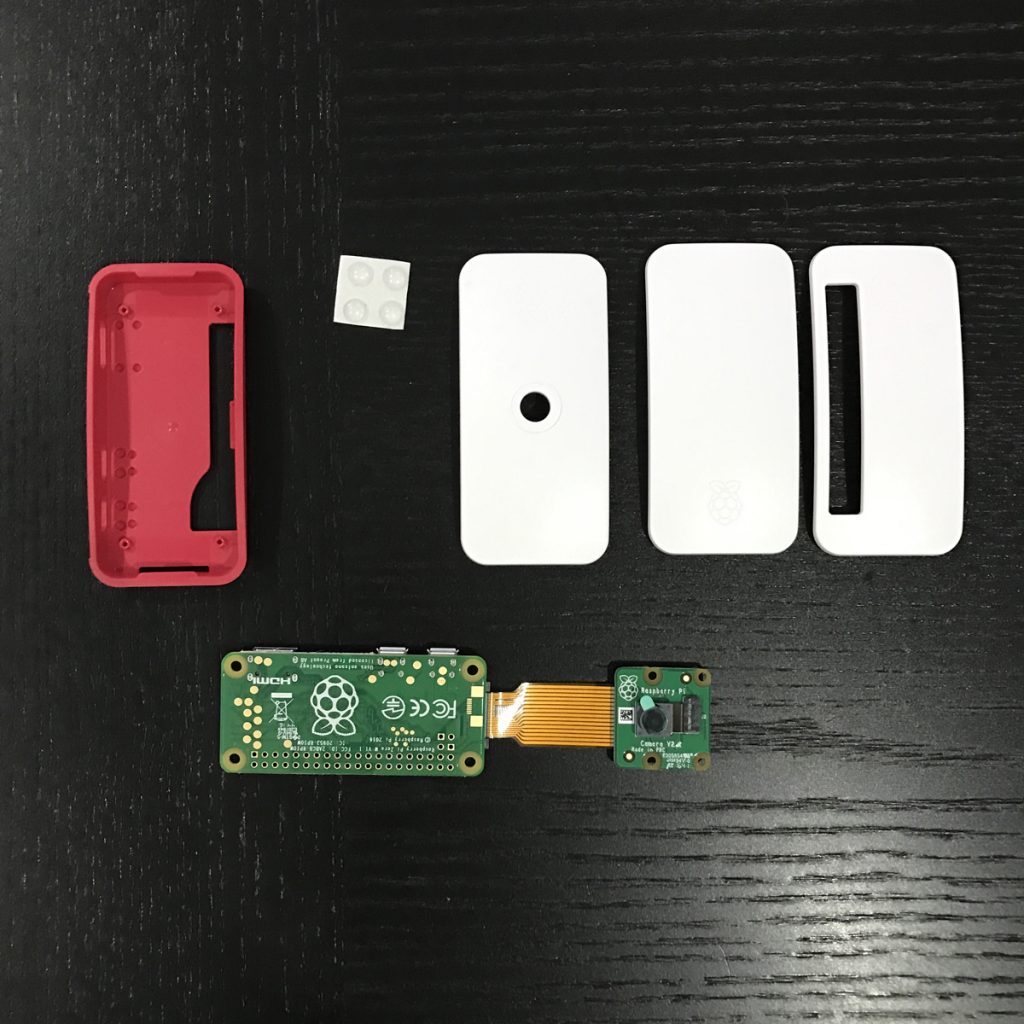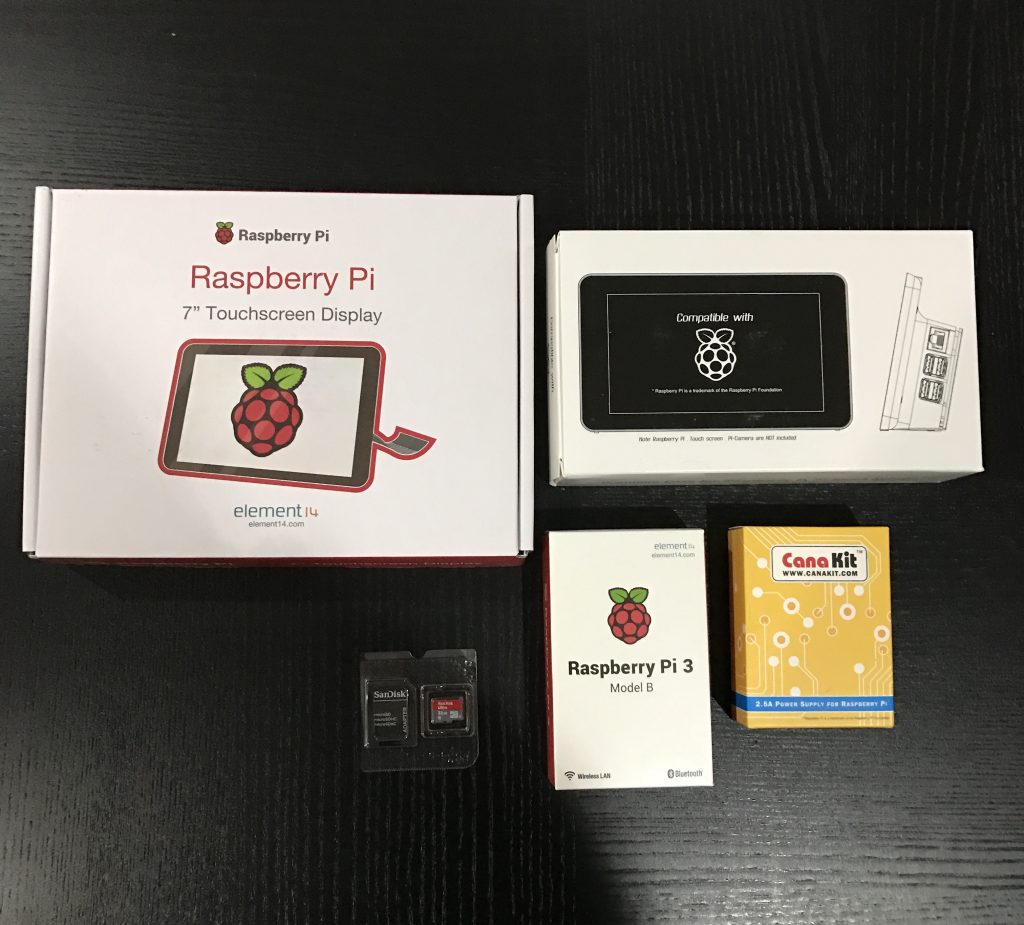I received my Raspberry Pi Zero W a couple of weeks ago and finally had the chance to set it up. My goal is to to setup some cameras in my basement and garage.

I received my Raspberry Pi Zero W a couple of weeks ago and finally had the chance to set it up. My goal is to to setup some cameras in my basement and garage.


Today I received all the parts I need to begin setting up my own personal home dashboard. When I first began my career in programming, Home Automation was always something I’ve been very intrigued with; only it was very expensive and there weren’t many products out there to support it. Now, with the recent boom in IOT devices and products, its easier and far more cost effective to do this on your own.
I haven’t written a post in over two years but to be fair, life happens. So cliche I know… So what’s happened?
I started working at Buddy Media in 2011 which has since been acquired by Salesforce on August of 2012. It’s been really exciting and challenging learning about new technologies and how to scale application and infrastructure. I really feel it’s important to challenge yourself everyday. That’s how we grow as individuals and improve our skill-sets. So do yourself a favor, try not to remain stagnant in anything you do. If you aren’t being challenged, it’s time for something to change.
An atheist professor of philosophy speaks to his class on the problem science has with God, The Almighty. He asks one of his new students to stand and…..
Prof: So you believe in God?
Student: Absolutely, sir.
Prof: Is God good?
Student: Sure.
Prof: Is God all-powerful?
Student: Yes…
In Backbone, Events is a module that can be mixed in to any object, giving the object the ability to bind and trigger custom named events. Events do not have to be declared before they are bound, and may take passed arguments. For example:
|
1 2 3 4 5 6 7 8 9 10 11 |
<script> var person = {}; _.extend(person, Backbone.Events); person.on("scream", function(msg) { alert("I am " + msg); }); person.trigger("scream", "screaming"); </script> |
To enable hidden files/folders in finder windows:
|
1 |
defaults write com.apple.Finder AppleShowAllFiles YES |
You should find you will now be able to see any hidden files or folders. To revert:
|
1 |
defaults write com.apple.Finder AppleShowAllFiles NO |
|
1 |
Command-Shift-3: |
Take a screenshot of the screen, and save it as a file on the desktop
|
1 |
Command-Shift-4, then select an area: |
Take a screenshot of an area and save it as a file on the desktop
|
1 |
Command-Shift-4, then space, then click a window: |
Take a screenshot of a window and save it as a file on the desktop
Sometimes you just need to clear your history in Terminal. It’s actually pretty easy to do.
|
1 |
history -c |
If you’d rather not have your history saved to a file at all, add the following line to your ~/.bash_profile:
|
1 |
unset HISTFILE |
This way, your command history is limited to only those commands you used during the current session. More information and options can be found on the bash man page
|
1 |
man bash |
To clear DNS cache in Leopard, use the following command:
|
1 |
dscacheutil -flushcache |
Chances are good that you’re already familiar with apt-get, a command which uses the “advanced package tool” to interact with the operating system’s underlying package system. The most relevant and useful commands are, (to be run as root):
|
1 |
apt-get install [package-name] |
This command installs the package(s) specified, along with any dependencies.
|
1 |
apt-get remove [package-name] |
This command removes the package(s) specified, but does not remove dependencies.

Hello, my name is Richard Castera. I have more than 12 years of experience architecting, implementing, leading and launching large scale, high performance software products in a fast-paced agile environment.
